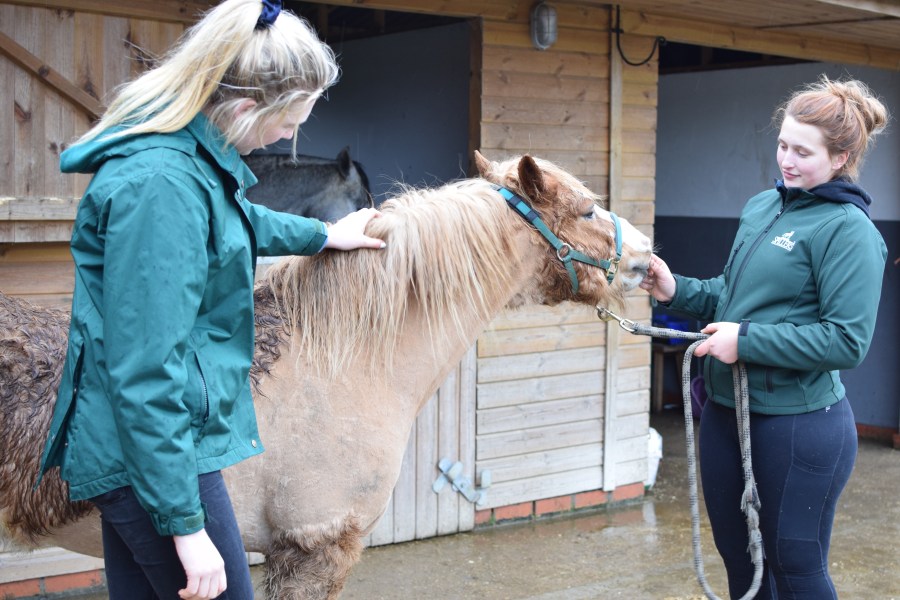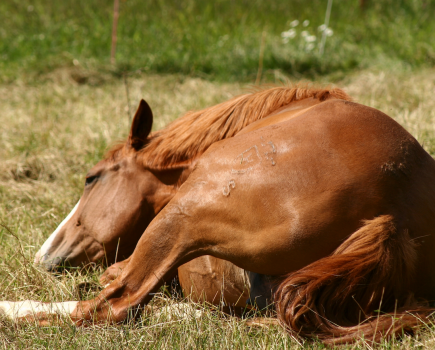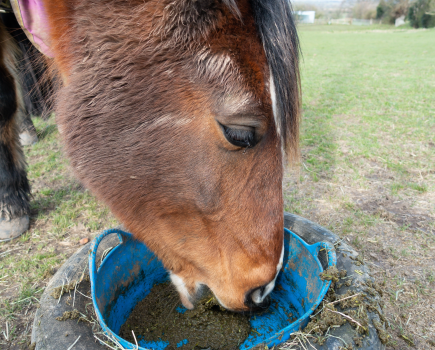In partnership with SPILLERS™
Body condition scoring is a practical method of assessing body fat by eye and by touch. Several areas where fat is commonly laid down are scored using a numerical grading system, most commonly a 1-9 or 0-5 scale.
Like people, horses can be ‘fat on the inside’ too, but body condition scoring is an assessment of external fat – the fat you can see and feel – as opposed to internal fat.
SPILLERS recommend using the more widely validated (scientifically tested) 1-9 scale, but which ever system you use, the important thing is to apply it consistently.

What is the ideal BCS?
A body condition score (BCS) of 5 on the 1-9 scale is generally considered ideal while a score of 7 or above is considered obese.
However, seasonal fluctuations are natural, particularly for natives, and what is considered healthy or acceptable may vary between individuals and the time of year.
Provided they slim down over the winter, a BCS of 6/9 at the end of summer is generally considered acceptable for good doers and may be ideal going into winter for poor doers.
Equally, allowing good doers to enter the spring a leaner score of 4.5 can help to prevent incremental weight gain year on year.
Quick ‘How-to’ guide using the 1-9 scale
- Make sure your horse is stood as squarely as possible on a firm level surface.
- Score each of the six areas (neck, withers, shoulder, loins, ribs and tailhead) individually – half scores are permitted.
- Calculate the average (add the scores together and divide by 6) to determine the final score.
Additional tips
- Touch is a very important so remember not to wear gloves!
- Body condition soring is generally best carried out by the same person but getting a second opinion from to time can be helpful.
- The barrel is one area that sometimes causes confusion but the important thing to remember is to feel for fat over the ribs rather than be swayed by shape. A loss of muscle tone or a ‘grass/ hay belly’ (caused by changes in gut fill) can sometimes be mistaken for excess weight gain.
- Remember body condition scoring is assessment of fat not muscle – in general muscle feels firm and fat feels ‘spongey’ but a loss of muscle tone or ‘softer’ muscle in unfit or older horses may sometimes be confused with fat.
- Some horses may have large regional fat deposits in areas such as the crest or loin despite being thin overall. In these situations, body condition scoring systems should be used with caution.
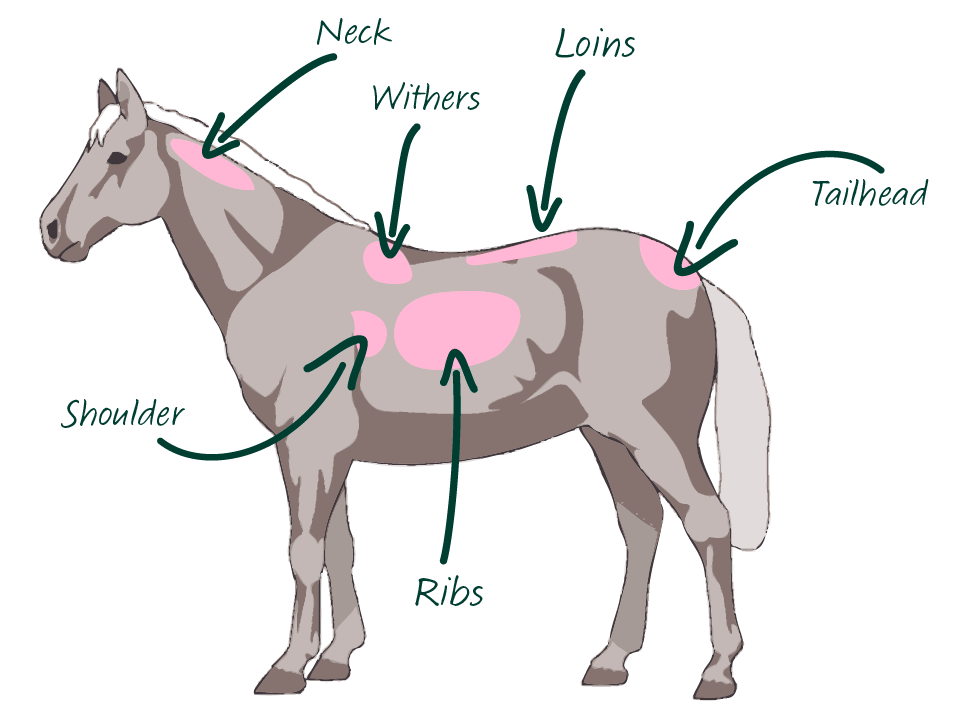
Video guides
The following body condition scoring videos give guidance on what you are assessing in each area:
How to BCS introduction
How to score the neck
How to score the withers
How to score the shoulders
How to score the ribs
How to score the loins
How to score the tail head
How to work out the horse’s final score
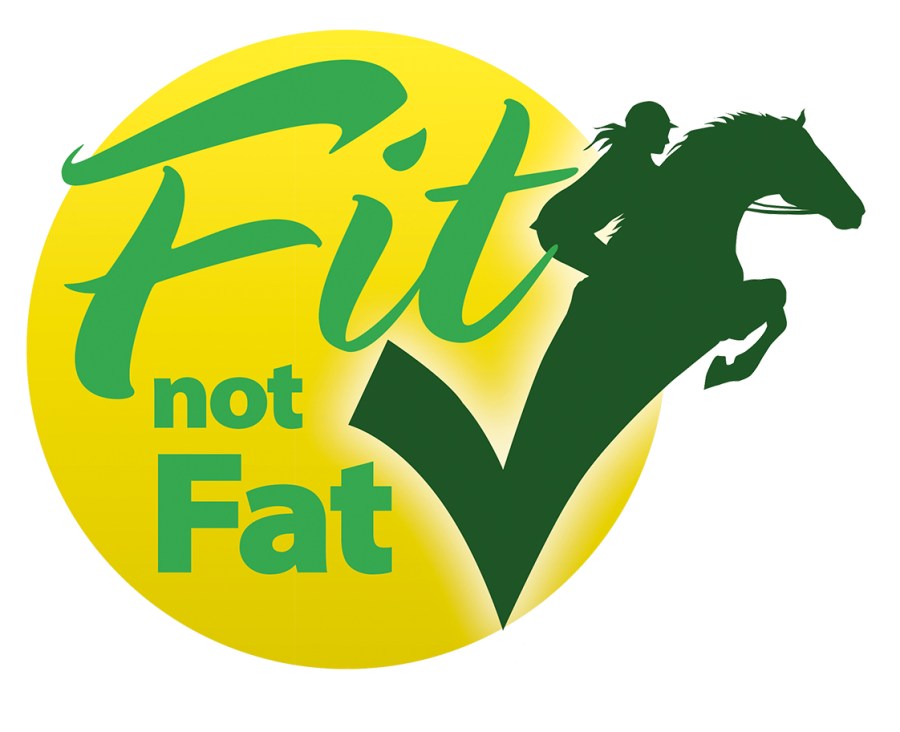
Have you heard about Your Horse’s #FitNotFat campaign? Equine obesity is an enormous welfare problem and we’re on a mission to provide owners and riders with the knowledge, skills and information you need to keep your horse in tip-top health. It could be life saving! Find out more

